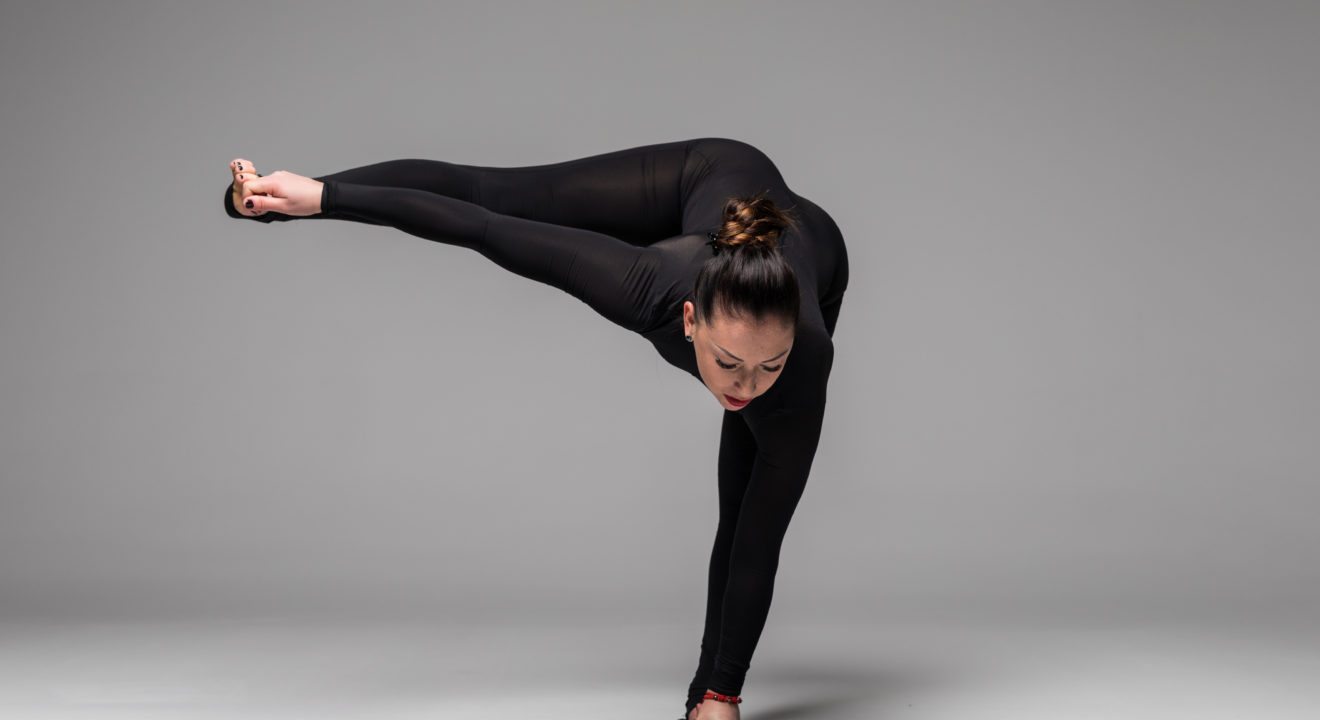May 13, 2017


Yoga is proven to have health benefits. It reduces the risk of heart disease, reduces anxiety and stress , and can help decrease symptoms of Arthritis and asthma. It can even change the physical makeup of your brain matter. Yes, yoga’s pretty swell, but there are so many different types and it’s hard to know which practice is best for you. From power to restorative here’s the jiggy on what type of yoga you’ll want to use based on your body and workout goals.
Bikram yoga, a form of hot yoga, is highly controversial when it comes to health benefits. If you’re into sweating in a hot room for an hour and a half and performing the same poses in the same exact order every session then Bikram is for you. Traditionally, Bikram yoga is done for 90 minute sessions, consists of 26 postures and two breathing exercises and is conducted in a room heated to 40 degrees Celsius or 104 degrees Fahrenheit. The poses don’t change and you’ll always know what to expect. The heat increases sweating and the sweating is supposed to release the body’s toxins. It’s a marginally effective calorie burner at 330 calories in women per 90 minute session. The heat, however,makes it more risky than other yoga forms, increasing the risk of dehydration and dizziness. It’s particularly dangerous for people with multiple sclerosis, epilepsy, and cardiac conditions and people who take medications for depression, nervousness, or insomnia.
Power yoga is a fast-paced workout yoga. The term was coined in the 1990s, and has lots of different variations. It’s rooted in Ashtanga Yoga, moves quickly, and is said to improve strength training and energy. Traditional yoga teachers, however, tend to condemn the practice, claiming it is a commercialization of yoga. This type of yoga focuses less on mindfulness, meditation, and spirituality. Power yoga is potentially dangerous for people who don’t exercise often and pregnant women. (http://www.thehealthsite.com/fitness/power-yoga-what-you-need-to-know/)
Vinsaya yoga is all about transition. Throughout this practice you transition from position to position linking your movement with breath. The Sun Salutations is a form of Vinyasa yoga. It’s important while doing this practice to set an intention. Vinyasa is said to link the body, spirit, and mind. The link of breath and movement makes it easier to focus on your own well being. The movement is also likely to improve your cardiovascular conditioning. One 2014 study found that after 11 months of sun salutations participants showed improved cardiovascular health.
Restorative yoga is all about centering your breath and body. In restorative yoga you hold poses for a loooooong time. It’s slow and focuses more on mindfulness than other yoga forms. Practicing stillness is key in restorative yoga. Restorative yoga is a lot like meditation. It’s known to destress you and encourage mindfulness.
Ashtanga yoga dates back to ancient times. In Sanskrit it means “eight limbs.” The practice is intended to realign the spine, build strength stamina, and flexibility, and to detoxify the body. Intermediate practices are intended to purify the nervous system.
Squeeze into your yoga pants and unroll your mats. Now that you know a little bit about the different yoga forms it’s time to start your practice, remember to talk to your doctor before trying any new form of physical activity.